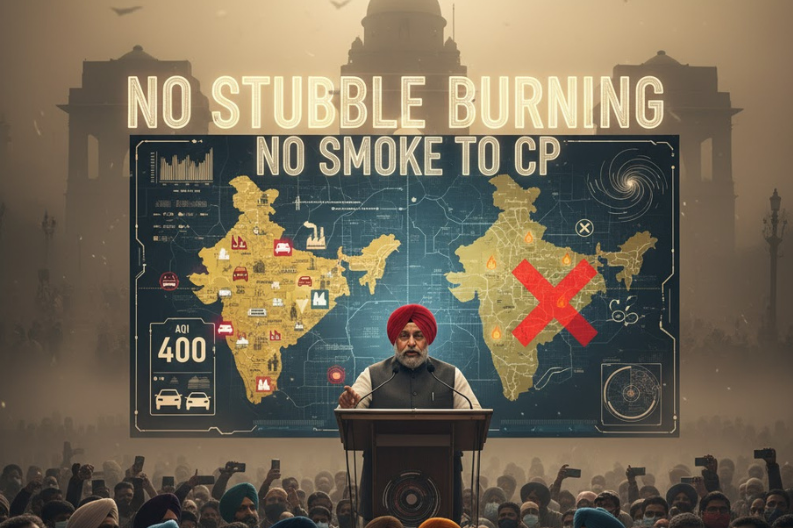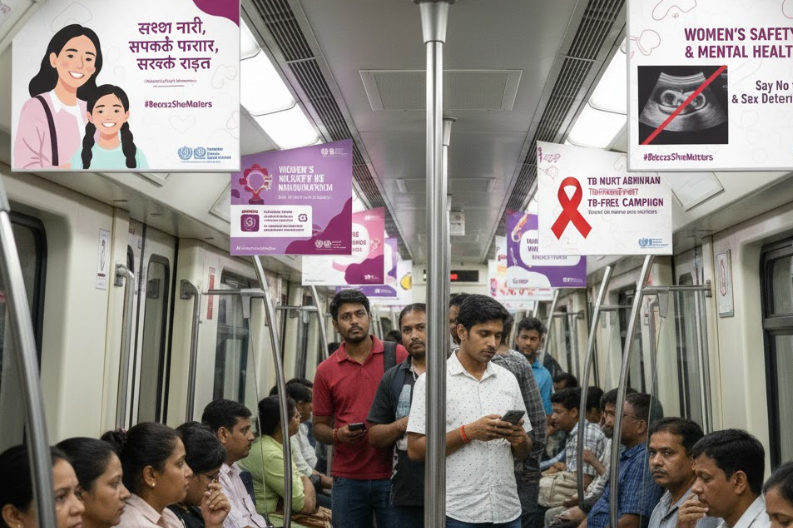On November 19, 2025, Bhagwant Mann addresses pollution in New Delhi and strongly rejected claims that stubble burning in Punjab is the main cause of Delhi’s toxic air. Mann said these accusations hurt Punjab’s image and unfairly target farmers who already struggle with limited support. He firmly defended both the state and its farming community.
Delhi has been battling severe air pollution for weeks. The Air Quality Index (AQI) crossed 400 even before the paddy harvesting season began. This happened long before large-scale stubble burning started. Because of this, Mann stressed that many local reasons, such as vehicle smoke, factory emissions, and waste burning, contribute heavily to Delhi’s bad air.
Stubble burning is a long-standing practice where farmers burn leftover rice stalks after harvesting. Mann agreed that the practice affects air quality, but he insisted it is not the only cause of Delhi’s pollution. He also explained that smoke cannot travel from Punjab to Delhi without strong, steady winds blowing from north to south at around 30 km/h for nearly ten days. He called such conditions unrealistic. Mann even said, “Smoke cannot fly to Connaught Place,” highlighting what he believes is an exaggerated narrative.
This debate has increased tension between Punjab and the NCR region. Mann pointed out that Punjab sends almost 99% of its rice to other states. People in Punjab mostly eat foods other than rice, so the crop is grown mainly for national supply. Because of this, he said, blaming farmers is unfair. Many farmers want alternatives to burning stubble, but they lack equipment, financial help, and government support.
Meanwhile, the Supreme Court and the Commission for Air Quality Management (CAQM) continue to watch the pollution crisis closely. They urged governments to find long-term, science-backed solutions instead of temporary restrictions. Their involvement shows how serious and complex the air pollution problem is across northern India.
Experts say that pollution in Delhi comes from many sources. Vehicle congestion, construction dust, firecrackers, industrial smoke, and winter weather conditions all trap pollutants near the ground. The cold air layer at night prevents pollution from rising, which worsens air quality every morning. Because many sources contribute to the crisis, solving it requires teamwork between states, strict rules, cleaner technology, and public cooperation.
For citizens, understanding these details is important. Pollution is a multi-layered issue, and blaming a single group does not help. People must follow health guidelines, reduce personal emissions, and stay aware of government actions and environmental updates.
In conclusion, Bhagwant Mann addresses pollution by reminding people that Delhi’s air crisis has many causes. His message encourages everyone to look at the full picture and support solutions that protect both farmers and the environment.



